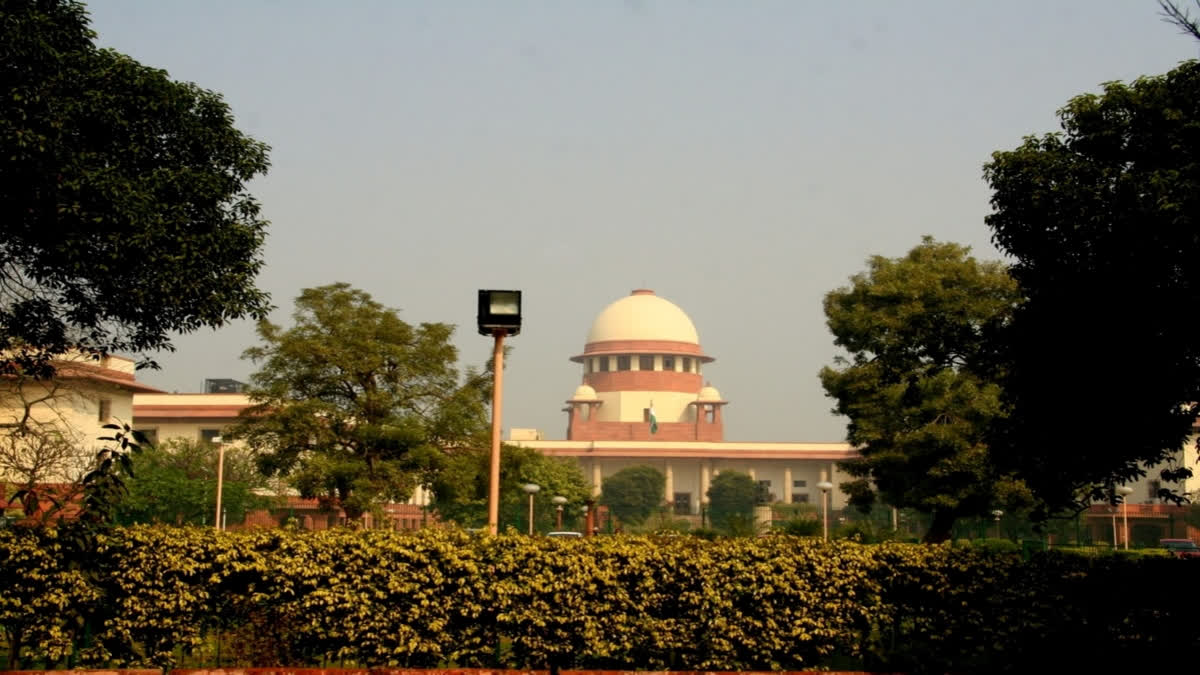New Delhi:The Supreme Court has said the date of birth certificate from the school stands at the highest pedestal instead of the ossification test while dismissing a juvenility plea of a man, who was arraigned as a murder accused over 40 decades ago. In January 1986, petitioner Vinod Katara, along with three co-accused, was convicted by the trial court for murder, which he challenged in the Allahabad High Court. During the pendency of the appeal, the sentence awarded to the petitioner by the trial court was suspended and he was released on bail.
The appeal was rejected in March 2016, and the conviction of the petitioner and the sentence awarded to him by the trial court were affirmed. The petitioner was taken into custody after the dismissal of the appeal by the High Court. The apex court dismissed his appeal against the High Court order in August 2016. The High Court had directed the Juvenile Justice Board (JJB) to determine the age of convicts, who might have been juveniles at the time of the incident. The Medical Board concluded that he was around 56 years old.
The petitioner, based on the report of the medical board, moved the apex court claiming that he was around 15 years of age on the date of the incident on September 10, 1982, and sought a direction to the state to verify the claim of juvenility and thereafter pass necessary orders as it deems fit in the facts and circumstances of the case. In September 2022, the apex court directed the sessions court, Agra to examine the claim of the applicant to juvenility in regard to law. The Additional District and Sessions judge, after an inquiry, said the petitioner was major on the date of the incident.
In a judgment delivered on March 5, a bench comprising justices BR Gavai and Sandeep Mehta, dismissing the petition, said: “Section 94(2) of the JJ Act provides for the mode of determination of age. In the order of priorities, the date of birth certificate from the school stands at the highest pedestal whereas the ossification test has been kept at the last rung to be considered, only in the absence of criteria Nos 1 and 2, i.e; in the absence of both certificate from school and birth certificate issued by a Corporation/Municipal Authority/Panchayat”.
The apex court said the conclusions drawn by the Sessions Judge that the actual date of birth of the accused petitioner is July 2, 1960, and the opinion of the Medical Board that estimation of age based on X-ray examination becomes uncertain after 25 years is apropos and deserves to be accepted.
